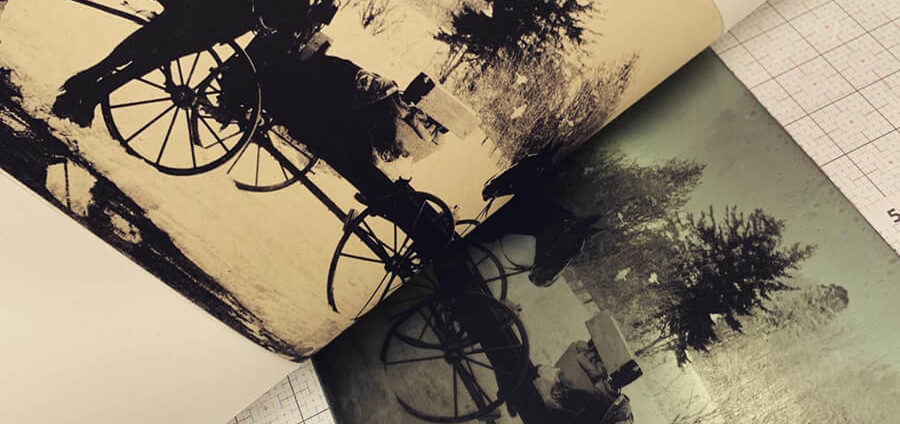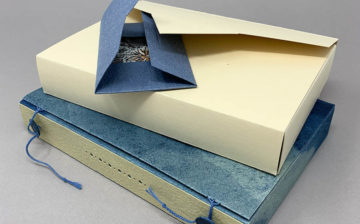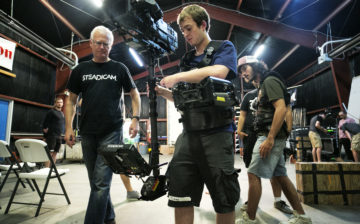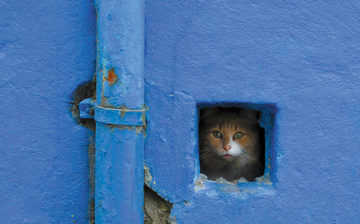Workshops
Working on personal projects & building a collection of images this weeklong workshop builds on your plate creation and hand-wiping skills while taking your Direct To Plate practice to the next level.
There are no available registration dates at this time.
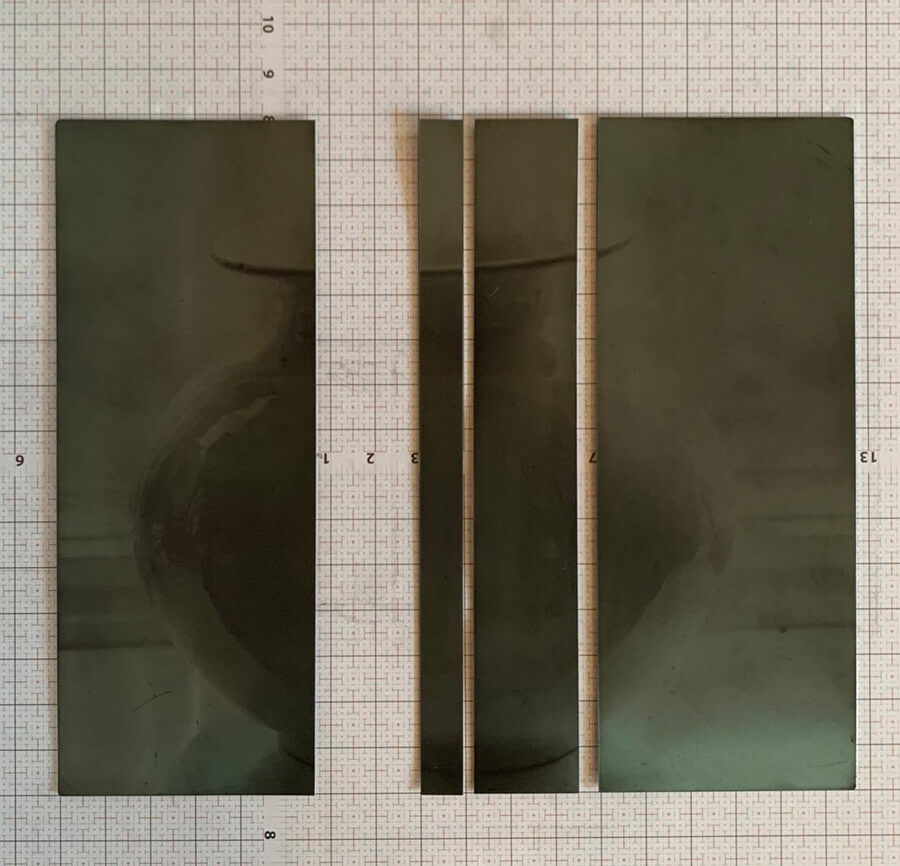
This weeklong immersion is meant for people who have taken the beginning Direct To Plate (DTP) process and want to spend more time in the studio working on a collection of images. If you have other photopolymer gravure experience you can get a good deal out of this workshop as well.
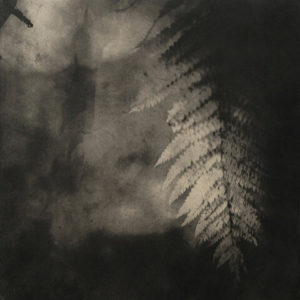 We’ll focus on your personal projects and building a collection of images. By continuing to hone your plate creation and hand-wiping skills, you will be advised on the best options to take your DTP practice to the next level.
We’ll focus on your personal projects and building a collection of images. By continuing to hone your plate creation and hand-wiping skills, you will be advised on the best options to take your DTP practice to the next level.
There will be a review of both contemporary and historical options, the addition of color via ink or paper, and working with multiplate images and multiple plates in a single print. Techniques taught will be more focused on your work specifically. Most of the time will be spent reinventing and reprinting previous plates or making complementary plates for a series.
Troubleshooting and problem-solving are always a part of these workshops. It is recommended for those who have worked with Jeanne in the past: either privately, in the 2021 workshops, or in the beginner’s class earlier in 2022. If you have other experience, please contact Jeanne directly to see if this is a good fit for you.
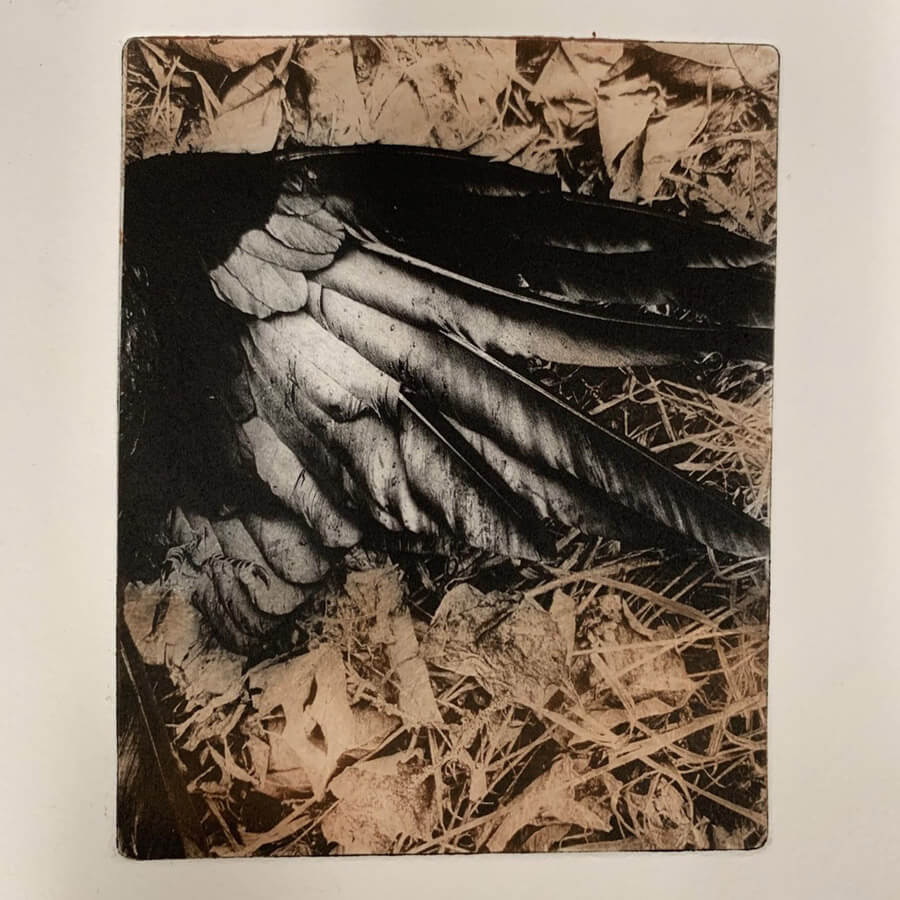
Share This
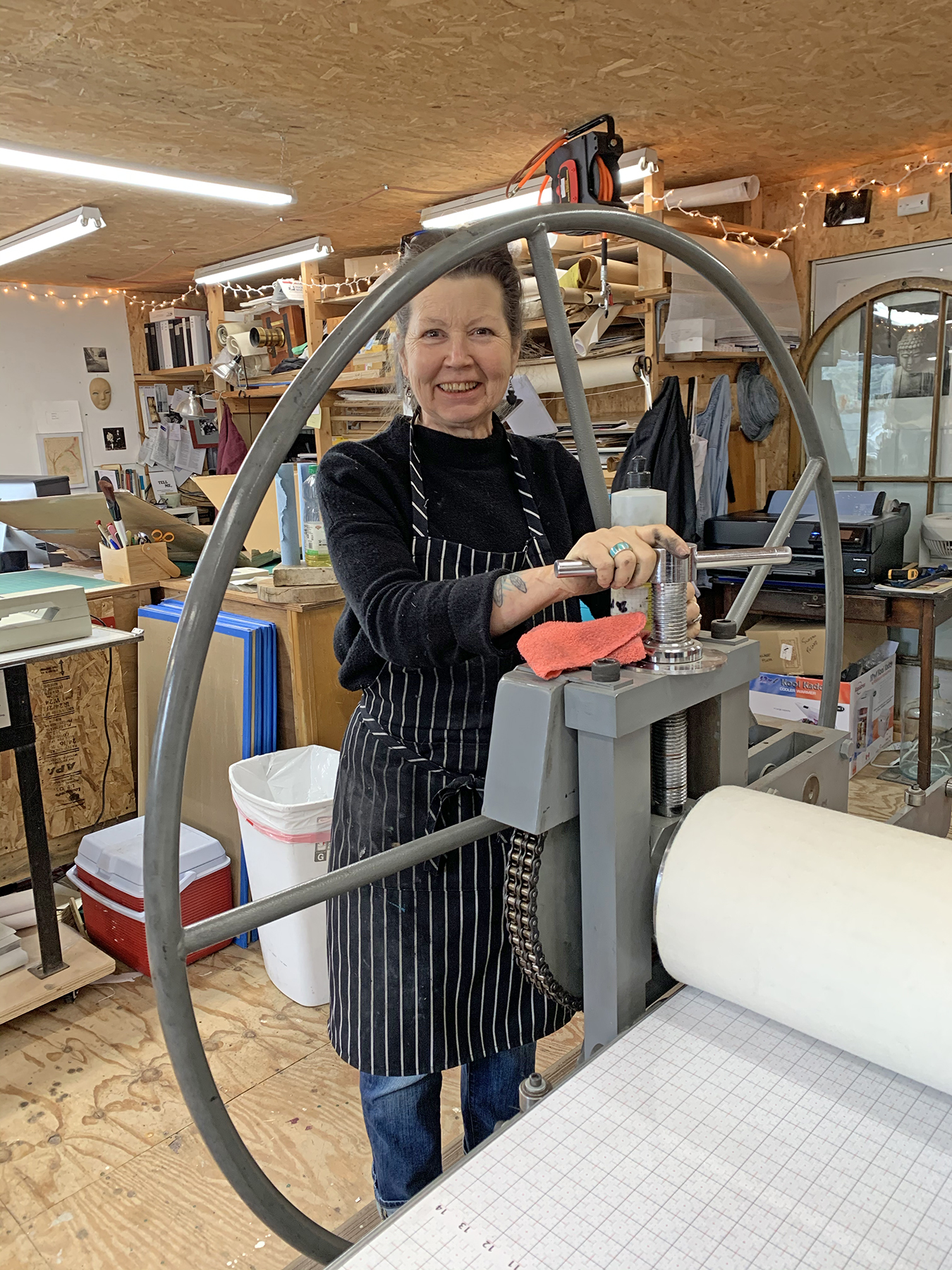
Instructor: Jeanne Wells
Jeanne Wells is familiar with and uses many alternative photographic processes, but for the past 12 years has worked mainly with an intaglio press. She first learned the polymer photogravure process from artist Josephine Sacabo and her assistant, Meg Turner at Josephine's studio in New Orleans. She has also studied with Clay Harmon at North Light Photographic Workshops, master printer Paul Taylor at Renaissance Press, and direct-to-plate pioneer Silvi Glattauer of Baldessin Press in Melbourne, Australia.
Through daily practice and combining the best of her mentors’ methods, Jeanne has found a unique way of working and teaching which relies upon the craftsman’s way of working with the hands and the artist’s way of seeing and thinking, and less upon the technological exactitude of digital workflow. The result is a way of working that is intuitive, tactile, and nuanced in a way that is nearly impossible to accomplish unless working by hand.

